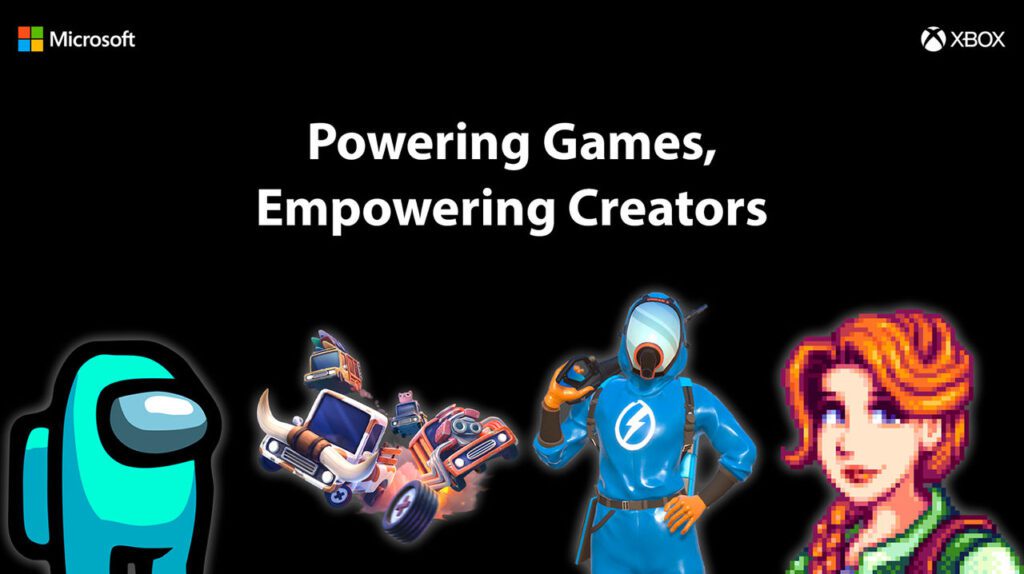The article explores the advancements in game engines Unreal Engine, Unity, and GameMaker. Unreal Engine introduced real-time ray tracing which allows for more accurate and realistic lighting in games, and the ability to create virtual reality experiences. Unity introduced the Universal Render Pipeline (URP) for more control over visual quality, and the Data-Oriented Technology Stack (DOTS) for performance and scalability. GameMaker introduced the Marketplace for access to developer-created assets, tools, and extensions, and the ability to export games to multiple platforms. These advancements have made game development more accessible and allowed for the creation of visually stunning and immersive games.
Powering the Future of Gaming: The Advancements of Unreal Engine, Unity, and GameMaker
Introduction
Gaming is an industry that has seen immense growth over the years. With increasingly powerful devices and software, game developers are pushing the boundaries of what is possible in the medium. One crucial tool in this process is the game engine. Game engines provide developers with a framework for creating games, allowing them to focus on the creative aspects of game development. In this article, we will explore some of the advancements in three popular game engines: Unreal Engine, Unity, and GameMaker.
Unreal Engine
Unreal Engine is a game engine developed by Epic Games. It has been used to create a variety of games, including the popular Fortnite. One of the most significant advancements in Unreal Engine is the introduction of real-time ray tracing. Ray tracing is a technique used in computer graphics to simulate the behavior of light. In the past, ray tracing was only possible offline, and the results had to be pre-rendered. However, with real-time ray tracing, the calculations are done in real-time, allowing for more accurate and realistic lighting in games. This feature requires powerful hardware, but it is becoming more accessible as technology advances.
Another significant advancement in Unreal Engine is the ability to create virtual reality experiences. Virtual reality has become increasingly popular in gaming, and Unreal Engine provides developers with the tools to create immersive VR experiences. The engine also includes a feature called VR Templates, which allows developers to quickly create VR projects without needing to write any code.
Unity
Unity is a game engine that has been used to create many popular games, including Pokémon Go and Cuphead. One of the significant advancements in Unity is the introduction of the Universal Render Pipeline (URP). URP is a rendering system that provides developers with more control over the visual quality of their games. It includes features such as real-time lighting, shadowing, and advanced post-processing effects, all of which contribute to creating more visually stunning games.
Another major development in Unity is the introduction of the Data-Oriented Technology Stack (DOTS). DOTS is an approach to game development that focuses on performance and scalability. It provides developers with tools for creating high-performance applications on a massive scale. DOTS includes features such as the Entity Component System (ECS), which allows developers to create efficient, data-driven systems.
GameMaker
GameMaker is a game engine developed by YoYo Games. It is known for its ease-of-use and accessibility, making it a popular choice for indie game developers. One of the most significant advancements in GameMaker is the introduction of the Marketplace. The Marketplace provides developers with access to assets, tools, and extensions created by other developers. This allows developers to create games quickly and efficiently, without needing to create everything from scratch.
Another significant development in GameMaker is the ability to export games to multiple platforms. GameMaker allows developers to create games for Windows, Mac, Linux, and mobile devices. This means that developers can create games that can reach a wider audience, without needing to create separate versions for each platform.
Conclusion
The advancements in game engines have played a significant role in pushing the boundaries of what is possible in gaming. Developers can create games that look better, run smoother, and offer more immersive experiences. The advancements in Unreal Engine, Unity, and GameMaker have made game development more accessible than ever, allowing developers of all skill levels to create games that can compete with those from big studios. As technology continues to advance, it will be exciting to see what the future holds for game development and the tools that drive it.
